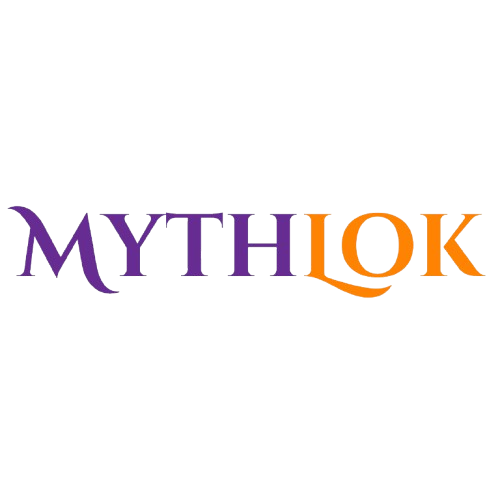AegisOriginally a shield associated with Zeus and Athena, now a term for a protective cloak or support.
AetherThe fifth element in classical mythology, representing the upper air.
AlfheimIn Norse mythology, Alfheim is one of the Nine Worlds, home to the light elves, beings associated with nature and beauty. Alfheim represents the connection between the divine and the earthly, symbolizing the harmony between different realms of existence.
Allegory A narrative that uses symbolic figures and actions to express deeper moral, spiritual, or political meanings.
AnansiA well-known trickster figure from Akan folklore, especially among the Ashanti people, often depicted as a spider. Anansi's stories involve cleverness and the ability to outsmart stronger foes.
Ancestral SpiritsEntities believed to be the spirits of deceased ancestors who continue to influence the living world.
Anima MundiA Latin term meaning "world soul," referring to the intrinsic connection between all living things on the planet.
AnimismThe belief that objects, places, and creatures possess spiritual essence, often found in various indigenous mythologies.
AnitoAncestral spirits or deities worshiped in pre-colonial Philippine societies, often honored in rituals and ceremonies to seek guidance and blessings for families and communities.
AnthropomorphismThe attribution of human traits, emotions, or intentions to gods, animals, or inanimate objects in mythology or religious traditions.
ApotheosisThe elevation of a mortal to divine status, often seen in myths where humans are transformed into gods or celestial beings, such as Romulus in Roman mythology or Arjuna in Indian myth.
ApotropaicObjects or symbols intended to ward off evil or bad luck.
ApsaraCelestial nymphs in Hindu and Buddhist mythology, often depicted as beautiful dancers. Apsaras are associated with water and clouds, serving as courtiers in the heavens and embodying grace, beauty, and artistic skill.
ApusMountain spirits in Andean cosmology, considered to be protectors of the people and land.
ArchetypeA typical example or original model of a character, theme, or symbol that recurs across myths and stories.
Asase YaaThe earth goddess in Akan mythology, representing fertility, agriculture, and the land. She is often considered the mother of all life.
Astral PlaneA spiritual realm that exists beyond the physical world.
AsuraPowerful beings or demonic forces in Indian mythology, often antagonistic to the gods (Devas). Asuras are frequently depicted in battles with the gods, as seen in mythological texts like the Mahabharata and Ramayana.
AtmanThe individual soul or self in Hindu philosophy, considered eternal and identical with Brahman, the universal soul or supreme reality.
AvatarIn Indian mythology, a deity's incarnation or manifestation on Earth, often to restore cosmic order. The term is also used more broadly to refer to any embodiment or representation of a concept or entity.
Axis MundiThe cosmic axis connecting heaven and earth.
AylluA traditional form of community organization in the Andes, deeply connected to the spiritual and social life of the people.

